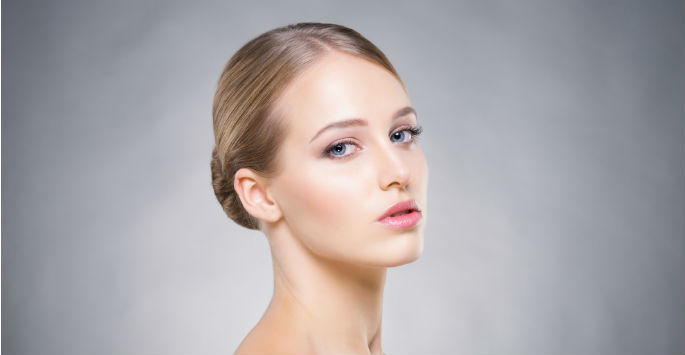
If you suffer from rosacea in Columbus, you have different treatment options for relief from the symptoms. When you visit our specialist, your rosacea will be examined. There is no specific test for rosacea, but some tests may be recommended to rule out other skin conditions such as acne, eczema, lupus or psoriasis. According to your symptoms and the severity of your condition, a treatment may be prescribed.
Common symptoms include facial flushing and blushing, naturally reddish skin, a burning sensation on your face, pustules and red bumps or small cysts and thick skin on your nose. The symptoms may come and go, and everyone may not have every symptom. Rosacea is usually seen on the forehead, nose, chin and cheeks. It may appear and disappear at first, but it will not cure on its own. Treatment is necessary to reduce the redness and minimize the breakouts.
Prescription medication that reduces redness by constricting blood vessels is a popular first step when it comes to treatment. But oftentimes, this doesn’t really address the condition. If your rosacea is severe and/or does not respond to other treatments, we may suggest some type of light therapy, such as treatment with Forever Young BBL in Columbus. Light therapy may reduce redness due to enlarged blood vessels.
Of course, you cannot prevent rosacea from developing, but you can avoid the things that make it worse. We can also help you understand and select lifestyle changes that apply to you. Since each person is different, their rosacea may also have different triggers and symptoms. We can help you learn about your triggers and how to avoid them, as well as provide tips for reducing outbreaks.
Some of the most common triggers are:
Risk factors for developing rosacea are fair skin, easy blushing and heredity. Women are more prone to develop it, especially during menopause. Age is another risk factor since it is more prevalent in people between 30 to 50 years of age.
If you’ve been looking for a treatment for your rosacea or cherry angiomas, make an appointment at in to learn more about your options. Contact us today to book your consultation!